Mix
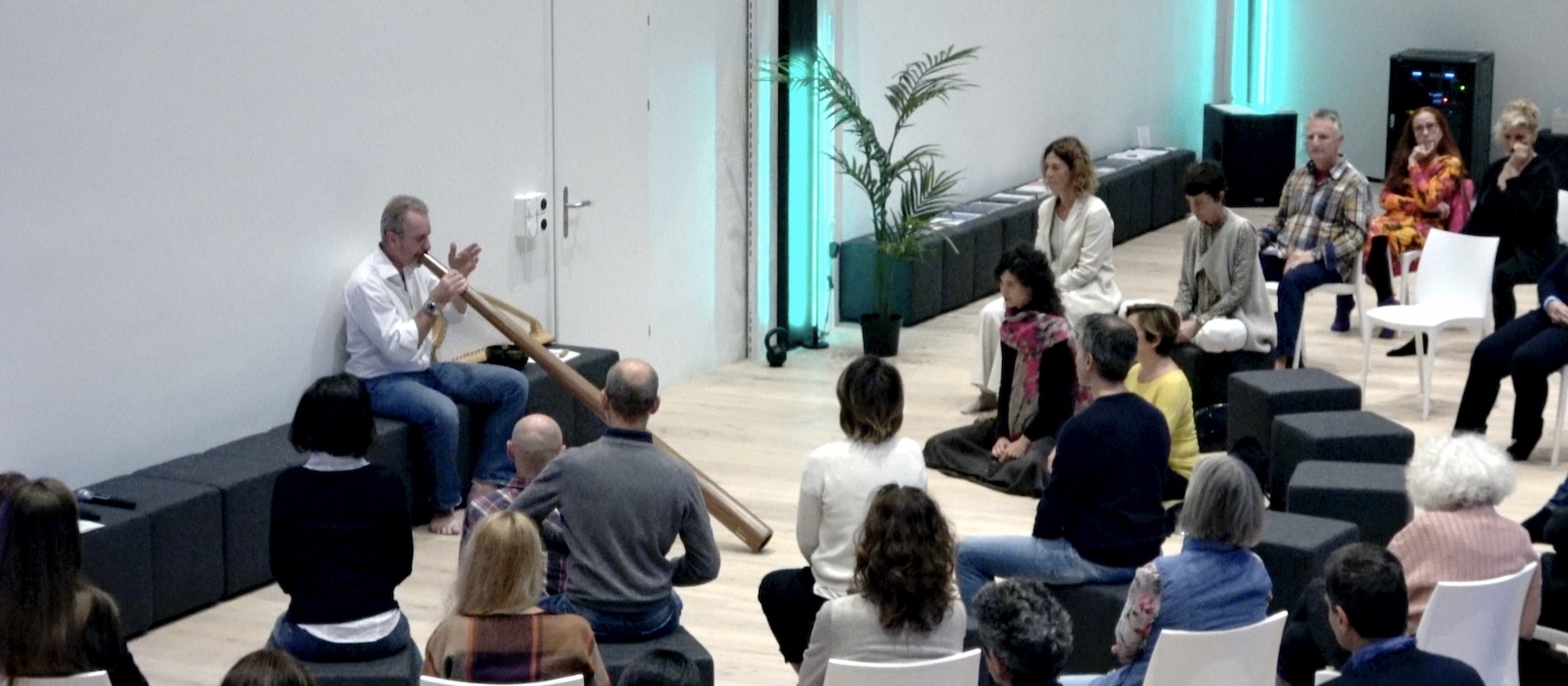
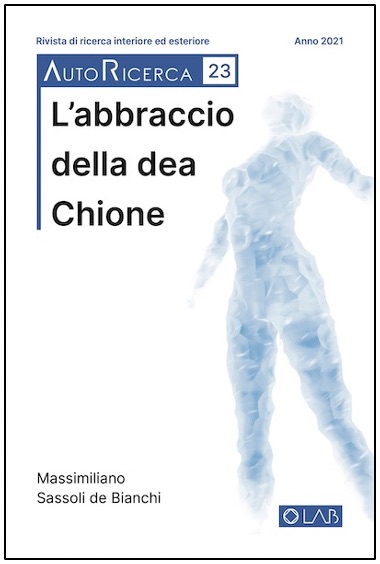



Chiarisco un comune malinteso circa i meccanismi fisiologici alla base delle tecniche respiratorie di iperventilazione. È infatti spesso convinzione errata di molti praticanti che aumentando il ritmo respiratorio si ottenga un'iperossigenazione dell’organismo, quando invece accade esattamente l’opposto.


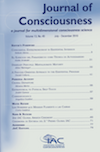
Aerts, D., Ekeson, K. W., Sassoli de Bianchi, M. & Schneider, V. (2019). The secret of life. A dialogue. AutoRicerca 18, pp. 21-107
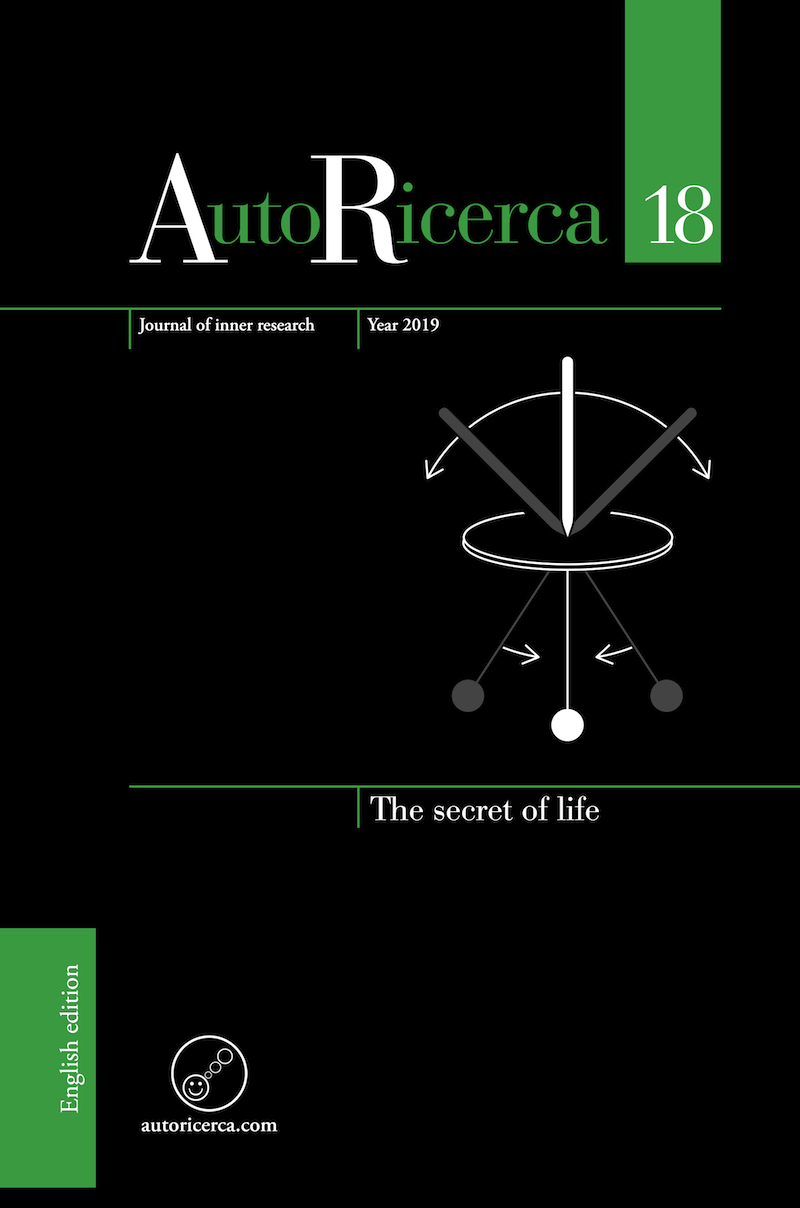


So far, astrology has not been able to produce significant statistical correlations. However, certain individuals could use it with some benefit in their self-research and self- development. In this article, I propose a tentative speculative solution to this paradox, based on the consciential (multidimensional, multimaterialistic) paradigm.
Sassoli de Bianchi, M. (2013). Elementi teorico-pratici di esplorazione extracorporea. AutoRicerca 5, pp. 61-213
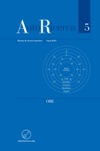
La proiezione della coscienza è un fenomeno naturale, conseguenza della para-anatomia e parafisiologia del nostro olosoma. Scopo principale dello studio di questo fenomeno, e delle tecniche in grado di favorirlo, è poterne assumere il controllo, trasformando quella che solitamente è un’esperienza vissuta in modo inconsapevole in un’esperienza pienamente lucida e rimembrata. In questo modo, non solo possiamo sollevare un lembo del grande velo, che non ci consente di scorgere la natura propriamente multidimensionale e multiesistenziale della nostra esistenza, ma altresì possiamo accedere a informazioni di prima mano circa la nostra storia personale, gli obiettivi che ci siamo prefissati quando abbiamo deciso di assumere questo corpo fisico, su questo specifico pianeta, e la natura della realtà entro la quale, da tempi immemori, ci evolviamo. In questo lavoro presenteremo in modo sintetico, ma nondimeno completo, le principali informazioni disponibili sull’argomento della proiezione della coscienza, così da offrire al lettore uno strumento teorico-pratico che gli consenta di avvicinarsi con conoscenza di causa e discernimento all’esplorazione di questo importante tema dell’autoricerca, al di fuori dei dogmatismi religiosi e dei riduzionismi della visione monomaterialista della scienza contemporanea.
Sassoli de Bianchi, M. (2013). Subtle energies or subtle matters? A conceptual clarification. Journal of Consciousness 16, pp. 9-40. See also (Italian version): AutoRicerca 6, pp. 51-87 - PDF

The concept of energy is central in all of modern science, and is obviously of great importance also in the study of the psychoenergetic phenomena. However, both among conventional physicists and less conventional researchers of parapsychic phenomena, there still is some confusion about a proper understanding of this concept. The purpose of the present article, mainly educational in nature, is to provide a correct interpretation of the concept of energy, and of its transport in the different physical systems. This is in order to facilitate the formulation of scientifically well-posed questions, especially in the study of the energetic dynamics associated to the still controversial subtle paramatters.
Sassoli de Bianchi, M. (2013). Parapsychology needs paraphysics. Comment on question #13 (Appendix 3). Journal of Nonlocality, Vol. II, Nr. 1. ISSN: 2167-6283.

I have been invited to participate in a multi-disciplinary dialogue on the experimental evidence for nonlocal bio-communication, its emergent characteristics, impact on mainstream sciences and future research directions. In that ambit, I have more specifically commented a key question addressed by physicist Jean Burns, regarding the possibility of using what we already know from physics to explain the available abundant evidence that ESP can travel without apparently any physical signal to carry it. My suggestion is that, most probably, such explanation will not come from physics, but from paraphysics.

Sassoli de Bianchi, M. (2012). Searching, researching, self-researching... Journal of Consciousness 14, p.75-102. See also (Italian version): AutoRicerca 4, pp. 37-70 - PDF
The main scope of this essay is to inform the new generations of scientific researchers about the possibility of adopting a new integral approach in science, which is the one of scientific self-research. By doing so, I will also explain why self-research is still not promoted on a large scale on this planet, despite being a key element in the construction of a more advanced, self-aware and peaceful humanity.
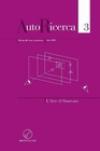
La capacità di osservare la realtà per ciò che è, e non per ciò che riteniamo debba essere, è essenziale per la nostra progressione interiore. Purtroppo, il processo di osservazione si arresta molto presto nella nostra vita, e così anche il nostro apprendimento, la nostra crescita e la nostra evoluzione. Viviamo allora, senza rendercene conto, entro i confini ristretti di una mappa creata nei primi anni della nostra esistenza, che troppo spesso confondiamo con il territorio. Per uscire da questa impasse evolutiva, l’unica soluzione è re-imparare a osservare. L’osservazione è un processo attivo e consapevole, il cui sviluppo necessita di un allenamento specifico. Solitamente però, ci troviamo in uno stato passivo, meccanico, inconsapevole, caratterizzato da una totale assenza di osservazione. Grazie al potente strumento dell’osservazione, possiamo accedere a informazioni più oggettive su noi stessi, gli altri e la realtà che ci circonda, ottimizzando e accelerando il nostro percorso evolutivo. Ma che cosa significa osservare, e qual è il livello della nostra osservazione? Purtroppo, ciò che solitamente definiamo “osservazione,” altro non è che una semplice attivazione mentale, spesso reattiva e inconsapevole, che nulla ha a che fare con questo importante strumento di indagine del reale, che richiede molta energia e consapevolezza. Esistono diversi livelli di osservazione, associati ad altrettanti livelli di consapevolezza. Esercitarsi nell’arte (e nella scienza) dell’osservazione significa pertanto accedere a stati di coscienza più dilatati, non ordinari, acquisendo progressivamente un maggiore dominio di sé, del proprio ambiente e della propria vita.
Sassoli de Bianchi, M. (2010). From Yoga’s pranayama to Conscientiological VELO: a proposal for an integrative technique. Journal of Consciousness 12, pp. 283-316. See also (Italian version): AutoRicerca 1, pp. 101-137 - PDF

After having emphasized some fundamental analogies between Yoga and Conscientiology, we propose to combine the practice of a specific pranayama, called Circular Breathing (CB), with the technique of the Voluntary Energetic Longitudinal Oscillation (VELO), to promote a procedure as gradual and effective as possible in achieving theVibrational State (VS). We also present an ultra simplified mechanical model, to highlight a possible mechanism underlying the functioning of these particular energetic (inner) technologies.

Sassoli de Bianchi, M. (2009). Reply to David Lindsay’s Letter to the Journal of Conscientiology [JofC, Vol. 12, No 45, July 2009]. Journal of Consciousness 12, pp. 65-72 - PDF
I reply to an interesting letter from David Lindsay, about the content of the mentioned paper, particularly for what concerns his proposal of a direct observation of the process of materialization of microscopic entities, by means of specifically designed OBE experiments.

Sassoli de Bianchi, M. (2009). Interdimensional Energy Transfer: a Simple Mass Model. Journal of Consciousness 11, pp. 297-316. See also (Italian version): AutoRicerca 6, pp. 89-112 - PDF
A simple mass model is presented to explain the energetic separation between the physical and extraphysical dimensions. The model is also used to understand the function of the holochakra as a mediator structure which can considerably increase the efficiency of interdimensional energy transfer.
Sassoli de Bianchi, M. (2006). A Dialogue About Science, Reality and the Consciousness - Part II. Journal of Consciousness 10, pp. 3-56. Republished (also in Italian) in: AutoRicerca 7, pp. 17-73. - PDF

Sassoli de Bianchi, M. (2006). A Dialogue About Science, Reality and the Consciousness - Part I. Journal of Consciousness 9, pp. 365-418. Republished (also in Italian) in: AutoRicerca 7, pp. 75-137 - PDF


Sassoli de Bianchi, M. (2005). Comment on “The Quest for Proof of Out-of-Body Experiences and Allied Phenomena,” by Michael Ross [JofC, Vol. 7, No 28, April 2005]. Journal of Consciousness 8, pp. 53-62 - PDF
In his article, Michael Ross invited us to consider the following question: “Why are OBE’s (and psychic/spiritual events and talents in all their manifestations) so difficult to empirically prove under scientifically valid conditions?”. Ross presents possible answers to his interrogative, asking the readers to respond and share their opinions. This is precisely what I try to do in this comment of mine.
Sassoli de Bianchi, M. (2005). Theorice and the global structure of the evolving reality. Journal of Consciousness 8, pp. 5-29. See also (Italian version): AutoRicerca 4, pp. 71-101 - PDF

This article is a conceptual speculative statement about the origin and structure of our reality. We propose to view the consciousnesses’ holosomas as living holotheories of reality, evolving through the instrument of theorice and producing a fractal structuring of reality as a whole. We hypothesised that the fractal structuring process is responsible, through the phenomenon of morphoconnection, for the condition of cosmoconsciousness. The concept of cosmocompletism is introduced and its consequences for a global evolutionary scenario discussed.
